Educate children through direct experiences | Part 8
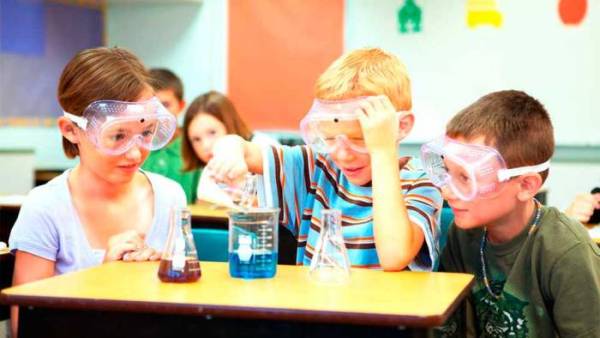
Direct experiences develop essential cognitive potential skills that facilitate the construction of knowledge, providing the opportunity to learn and enjoy at the same time.
These experiences allow the exploration, manipulation, experimentation and interaction facilitating the acquisition of learning and can be done outdoors or even in a suitable space to reach the teaching-learning process, contributing to a complete development of such abilities.
Direct experience in the science laboratory.
The didactic approach in the science area stimulates children, in a beneficial way encouraging them to participate in direct experiences in the laboratory, which are stimulating to the practice related to chemistry and biology experiments, this with the purpose of investigating and finding answers to hypotheses formulated , which requires their veracity.
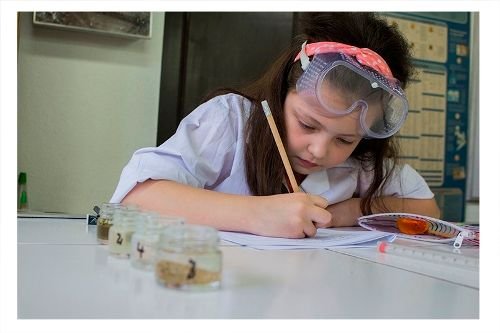
The importance of promoting the learning of science from an early age, is that the world is in constant changes of all kinds, and especially in the subject of education. Demanding more and more, it is essential to strengthen cognitive skills, which allow children to be autonomous, participatory, responsible and creative, favoring the ability to solve problems and in turn to cope easily, developing their potential.
Objective of the direct experience in the laboratory.
- Encourage the development of curiosity and creativity, towards scientific research.
- Comply with the corresponding development of the students.
- Bring students to the knowledge of science from an early age.
- Make the student able to observe and react to the changes produced by the experiments.
Learning and fun activities in the laboratory.
Through entertaining science experiments, students become involved in learning.
Learning to:
- Experimentation of different textures and colors.
- Apply the theoretical knowledge acquired, put into practice the chemical formulas, carry out scientific experiments, with the help and supervision of the educator.
- The proper handling of the instruments so that everything goes as expected.
The instruments and equipment to be used depend on the activity: Magnifiers, thermometers, stethoscopes, flashlights, microscope, dropper, beaker, test tube, petri dish, lighter, wooden forceps, filter paper, slide, crystallizer , coverslips, among others.
Experiments to be done for a greater direct experience.
They are easy experiments to perform, which help the child to be interested in different areas of research. Among the easy and useful experiments to motivate children, are:
Experiments to work acid substances and bases: It will be seen that the basic substances have different color, an acid to use can be vinegar or lemon. In an elenmeyer flask diluted sodium hydroxide is placed, to see what it will look like when applying phenoltaleine, it turns pink. The bases of this type of color react with the acids, and when the vinegar is applied, the color disappears. This type of experiment teaches the children to the proper use of the instruments, as well as to follow the instructions for the elaboration of scientific tests.
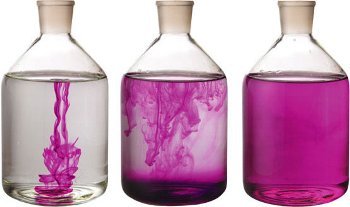
Reaction experiment between acids and gas bases: For the reaction between acids and bases, sodium bicarbonate should be applied in a beaker, approximately three (03) tablespoons and to give a little color to the reaction apply half a spoonful of coloring powder, to make it more attractive, then proceed to add liquid detergent and lemon, to see the reaction of the bicarbonate that behaves as a base in contact with the acetic acid of the vinegar. It must be applied quickly enough in the beaker to make a CO2 release reaction, and it rises immediately.
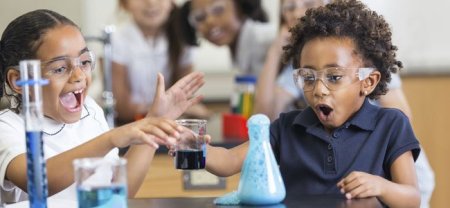
PH measurement. That is not more than the value of the degree of acidity or scope of the products, such as: water, soil, among others. It has a range that goes from zero (0) to fourteen (14), when it is in a margin of zero (0) to seven (7), it can be considered acid substance and from seven (7) to fourteen (14) Example of alkaline substance ), you can measure the pH of the water, where your margin should be between six (6) and nine (9), and being outside the values would be harmful, you can also use several glasses of glasses applying substances, such as liquid soap, lemon, detergent in water, among others, identifying each one and measuring its pH. It is introduced a piece of paper to measure the pH in one of the glass vessels, to verify what is its pH level.
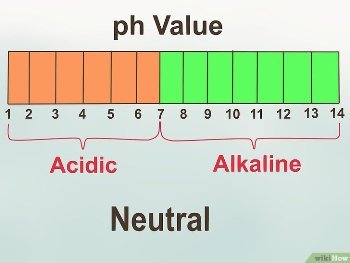
The experiments that will be carried out are always in favor of promoting children's learning.
Activity after practice in the science laboratory.
The educator has the duty to approach the children with questions to inquire about their thoughts in relation to what they have lived and also to verify that they have learned something from the experiments.
Questions:
What do you think of the experience?
What do you like most about the experiment?
What are the instruments used?
With what acid does the bicarbonate react to release CO2?
When you combine diluted sodium hydroxide with phenoltalein, what color does it produce?
The benefits of experiments as direct experience are enriching to understand complex processes, allowing active and direct learning, being the impulse to promote the acquisition of knowledge.
Greetings educators and motivators of education
It is an interesting article. I myself are always enthusiast with such this model of learning when a teacher gives opportunity to his pupils to learn directly from the context, or called contextual learning
These experiences are fun and stimulating. The children are fascinated.
Hello girl @cindycam, very educational your publication, with a lot of productive material since it serves for children and adults. Greetings.
Yes, for both, because while you are working on the experiments, you get more experience and knowledge.
Children learn more from this approach than the usual method of teaching. I think it has something to do with the eyes capturing and following the processes.
Correct, visualization, touch, experience, many factors that are involved and are beneficial.
Good article. I can agree from both personal and teaching experience how powerful (and fun!) direct experiences can be. I dareto say it is the easiest and fastest way to interest students in a subject.
These experiences reinforce the knowledge acquired in the classroom, are put into practice and is what makes the student even more interested.
nices posts
Hola amiga a través de la educación directa el niño aprende y desarrolla nuevos conocimientos . saludos
Buenas tardes, @cindycam
Estamos seleccionando gente con talento en nuestro club.
Somos ya 60 miembros destacados con un poder de voto total de más de 35.000SP.
Si quieres saber más sobre nuestro funcionamiento y sobre cómo acceder al club, pásate por nuestro servidor:
https://discord.gg/E6xkvwJ
Saludos.
Your post had been curated by the @buildawhale & @upmyvote team and mentioned here:
https://steemit.com/curation/@buildawhale/buildawhale-curation-digest-04-25-18
Original content is what Steem is all about. It helps our community grow and your blog grow as well. Keep it up.